The 5 Body Shape PRIORITIES #3
NEAT... What the heck is NEAT, I hear you ask?
Well officially it’s Non Exercise Activity Thermogenesis but as that also probably means very little to you it’s simply….
The energy you expend doing all the little things that take effort but are not focused exercise.
This includes walking, standing, fidgeting, carrying bags form the shops, chatting, etc
Just by fidgeting whilst sitting or standing versus not fidgeting you could burn an extra 38 calories per hour more than the static ‘version’. Obviously, if you walk you’ll burn more calories than if you don’t but it’s not necessarily planned exercise so it falls into the NEAT category.
We are hugely in control of how we can increase our NEAT and burn hundreds of calories more each day through increasing NEAT.
Sometimes, what happens when we do more planned exercise is our NEAT goes down because we feel we’re doing enough through our fitness training, but it’s key to increase NEAT regardless of the other exercise you do.
A fantastic thing to come out of the fitness industry over the last few years is ‘fitness trackers’ such as fitbits as just by wearing these devices and having something track our NEAT means we’re more conscious to up our step count or walk more per day because an app tells us we need to.
Funny how we’ll listen to an app telling us to move more but not our minds!
Just be aware of how accurate the calories burned total is via a fitbit device, some can be wildly inaccurate so using it for a step based target can be a smart move. And it should be said that because a device tells you you’ve ‘burned’ an extra 400 calories doesn’t mean you can go and eat them back again!
Most people won’t have a weight LOSS problem, but a weight MAINTENANCE problem i.e struggling to keep it off after it’s been lost.
This can be partly a result of lower NEAT levels so it’s super important to keep active even after a weight loss phase. Any slow down in activity will have an effect on daily NEAT levels and total calorie output.
This, along with lower NEAT levels post workout mean that there’s an overall lowering of calories burned throughout the day.
So what are ‘good’ NEAT targets per day?
10,000 steps is the standard but really, anything can be a good start if you’re currently inactive.
Adding in another 500 to 1000 each day per week can see you slowly increase your NEAT across a few months.
Identify where you’re at right now and look at ways to increase your NEAT.
Park further away from the office or shops, walk during your lunch break, have stand up meetings, take the stairs at every opportunity rather than the escalator, you get the idea - be less sedentary through choice.
There are generally only a number of days you can directly exercise on, 7 days back to back planned exercise sessions will be tough on your body, but increasing your NEAT on rest days is low impact and low stress so easier to do.
Funnily enough, the harder the focused exercise session the more likely we’ll take it easier once finished, decreasing NEAT!
Take a bit of time to really make an effort on moving more each day without changing anything else and see what effect it has on your body.

